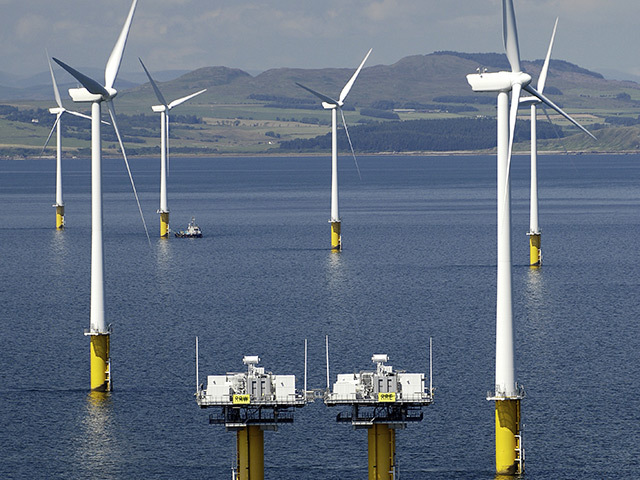
Environmental impact assessments for offshore windfarms should take into account data gathered following the construction of existing projects, claims a leading renewable energy consultant.
Ross McGregor from green energy consultancy Natural Power says any future EIAs for renewable energy projects should use data from post consent monitoring, such as that gathered on the Robin Rigg windfarm in the Solway Firth, to accurately model the future impact of a scheme.
Speaking at the Offshore Wind and Supply Chain Conference in Aberdeen today, Mr McGregor spoke about lessons learned from the 180MW Robin Rigg scheme which was Scotland’s first commercial-scale offshore windfarm.
A dataset has been gathered over the past ten years from pre-construction to operational phase to form a better understand of the environmental impact of a windfarm.
“Empirical evidence should be better applied to EIAs,” said Mr McGregor. “Scale is important in these studies and we need to make sure buffers are large enough around windfarms to better understand the effects on marine and wildlife.”
Colleague Jane Lancaster agreed, saying there was scope to change the way EIAs are carried out using different technologies.
“There’s a lot of potential out there at the moment to use more flexible methods for surveying [the environment],” she said.